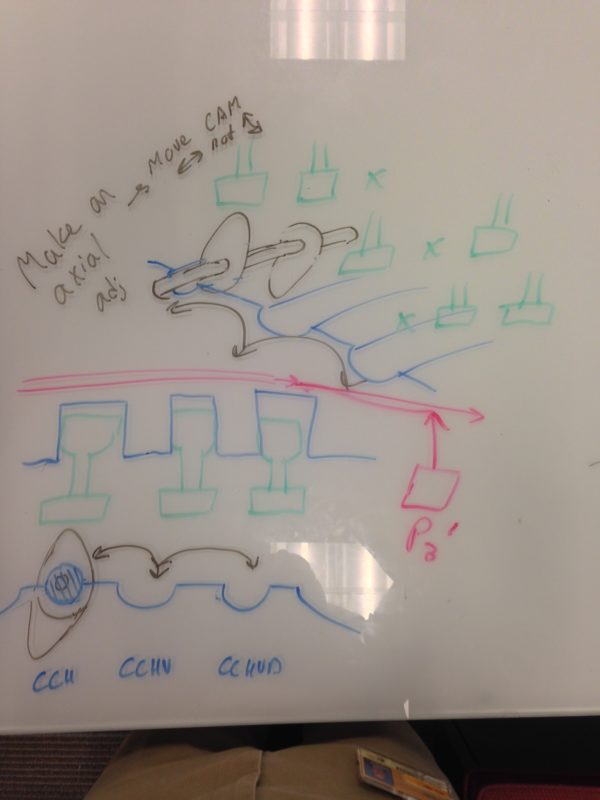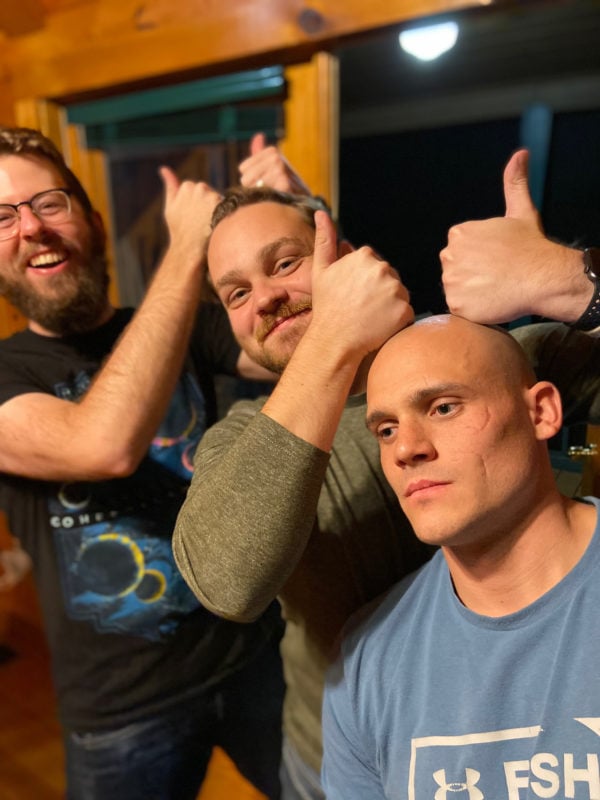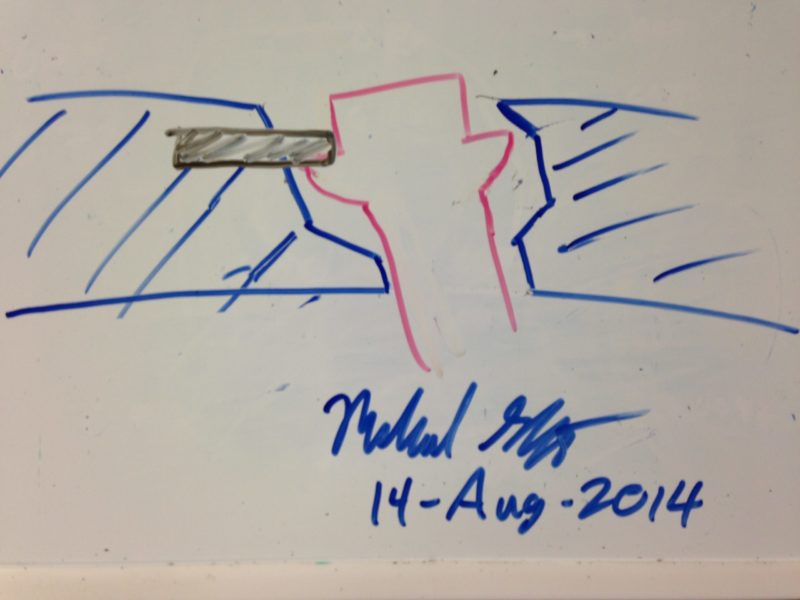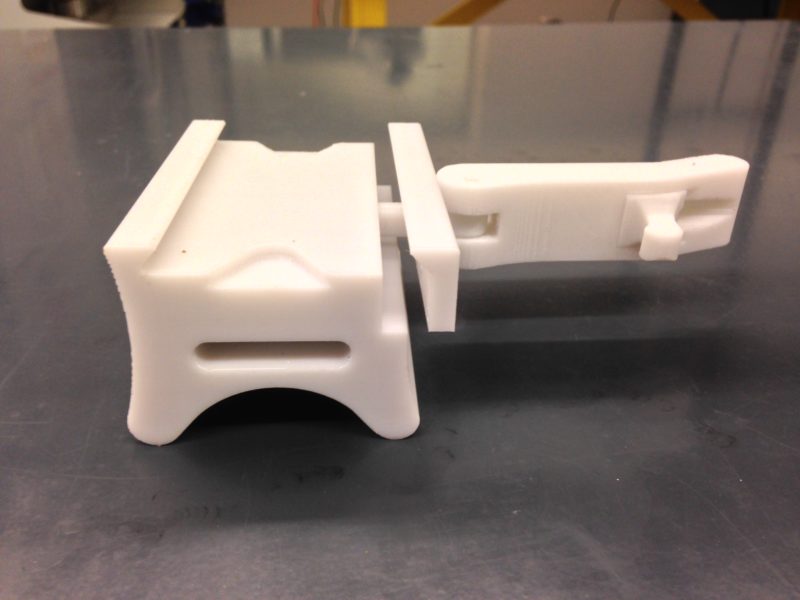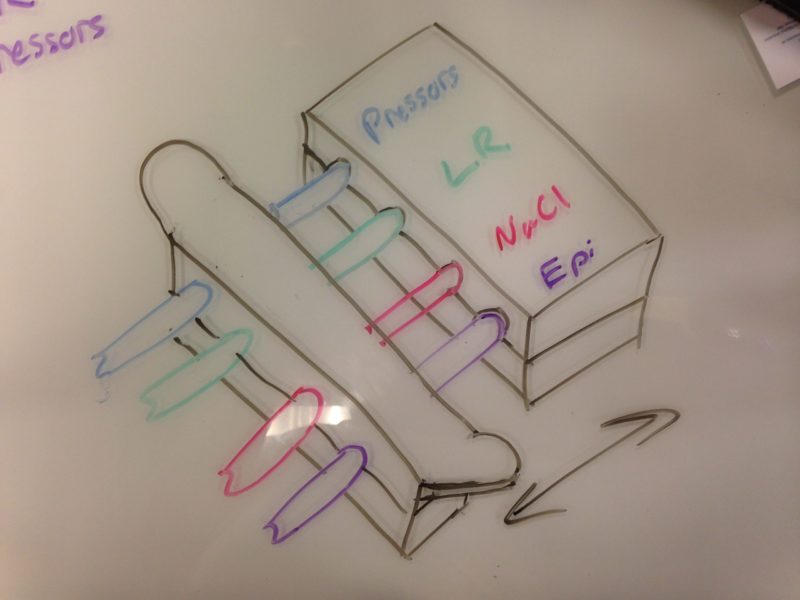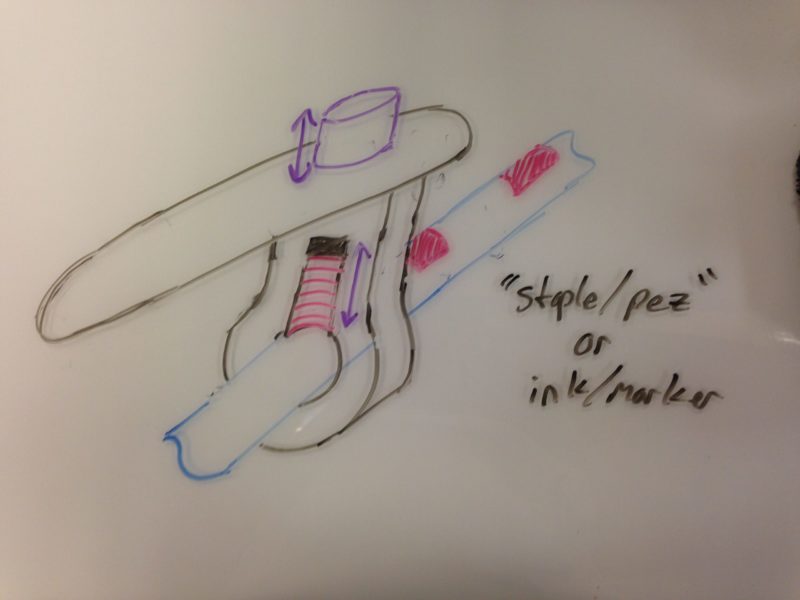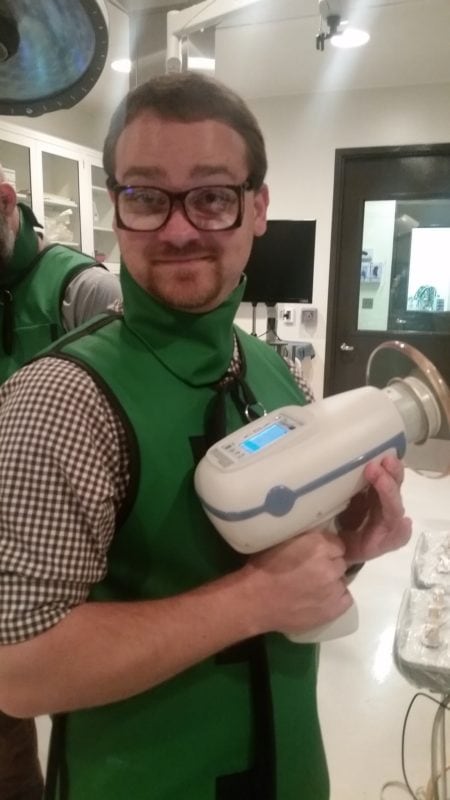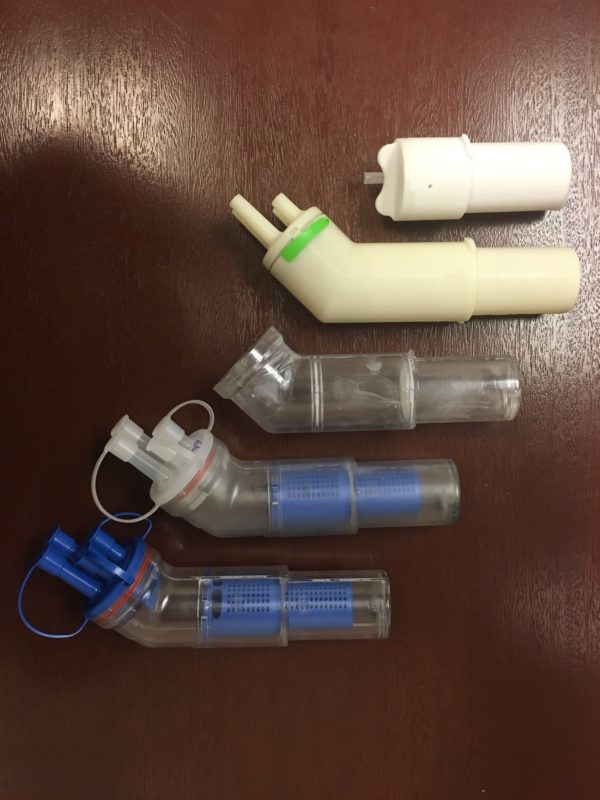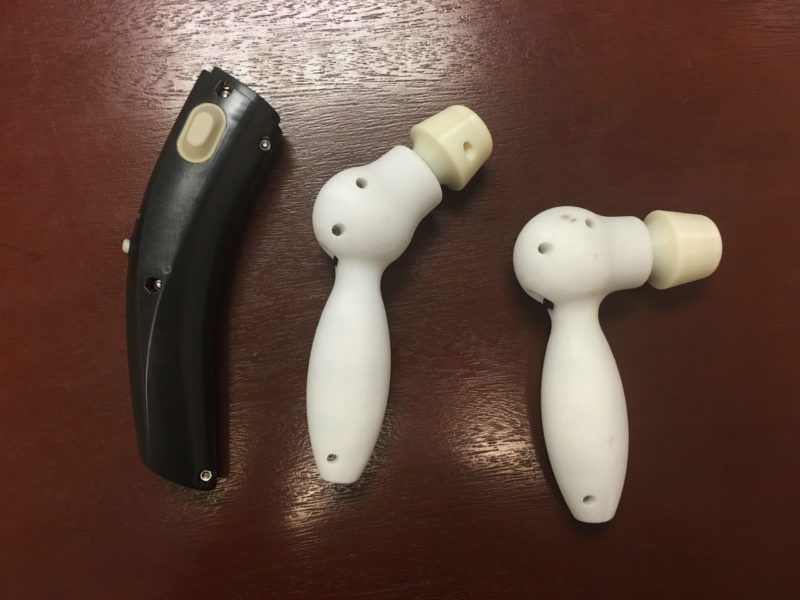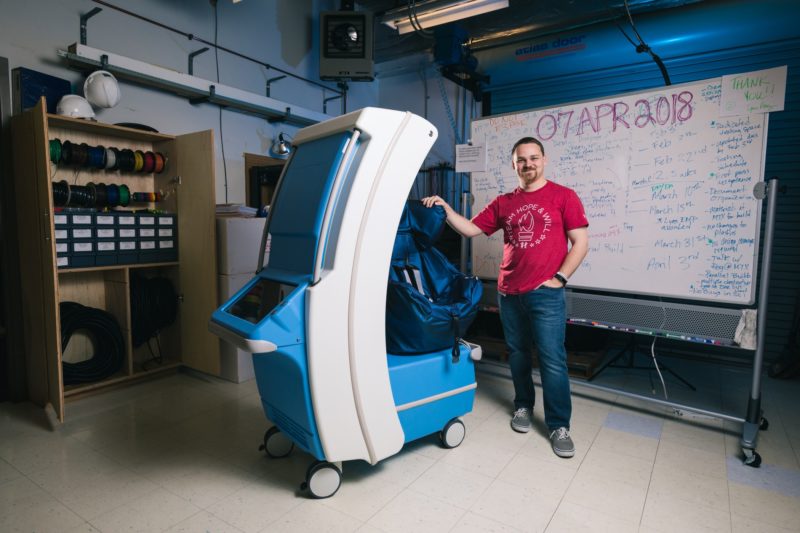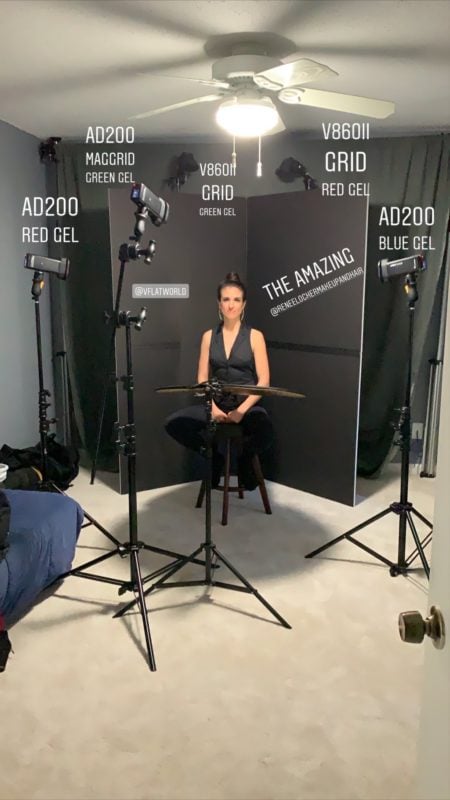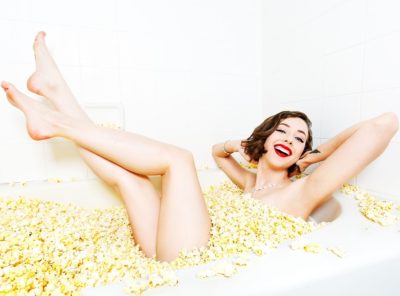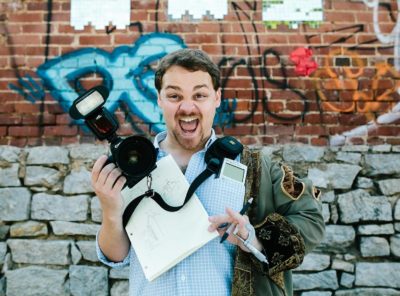About Mike – Stories of Why #3
One of the first things anyone checks when inquiring with a new service provider is the About section. What makes them tick, why do they do this thing, and will they be good for me? I like mine, but it’s short. So I’m doing a series of posts that have more of why I do the things that I do.
I’ve always found that stories are the best way to communicate things, so I’m going to share a few. How I got into photography, what influences my photographic style, what I do with all my free time (that’s a joke), and how I approach photography as an art. Hopefully, you find these entertaining, or maybe you need a cure for your insomnia. Either way, I hope someone will find this useful!
Story #3 – I’m a Helluva Engineer
For those who don’t know, photography isn’t my primary gig. I work full-time as a biomedical engineer designing novel medical devices. Yeah, it’s really freaking cool. Looking back, I think my passions for engineering and photography have fed each other over the years and have made me better at both. But how did I get here?
If you ask my family, I’ve always been fascinated with how things work. As a toddler at the amusement park, I’d be watching the gearing on the Ferris Wheel while we waited in line. Maybe it was my dad’s influence, but I was always investigating.
My dad has been fixing cars since he was 17 years old. There’s not much that he can’t fix or do when it comes to cars or the home. He thoroughly encouraged me to build, tinker, and experiment with anything I could get my hands on. I’ve got tons of family photos and memories of my dad and me fixing cars together or doing home projects. Much to my mom’s chagrin, I was probably working on stuff with my dad, I probably shouldn’t have been.
One of my favorite stories comes from my parents. They were hanging out in the living room when toddler-me walked in, holding a fork and shouting, “Mommy! Daddy! I got bizzed! I got bizzed!”
“Bizzed? What do you mean you got ‘bizzed?'”
“Come look!”
My parents followed me into the dining room, and that’s where I said, “Watch!” and promptly stuck the fork into an electrical wall outlet. Needless to say, I survived and may have permanently gotten my wires crossed (pun intended).
Those High School Years
During middle school and high school, my tinkering continued and grew slightly more dangerous. With my two neighbors, Nate and Don, we managed to do some pretty entertaining things:
- Set off model rockets that fell over and nearly blew up a fence and us
- RC cars that were modified to explode
- Lighting a hornet’s nest on fire with a BB gun and a small gas tank
- Seeing how many fireworks it would take to burn a hole through a plastic bucket
- Creating dry-ice bombs and letting them explode in the cold-a-sac
- Building a bicycle-pump powered, Gatorade bottle canon that fired a golfball almost 300 ft at 88mph (our high school physics classes were perfectly timed for this one)
- Routinely being the resident pyros for New Years and July 4th.
- And countless other experiments that exploded or could have damaged property.
Somehow, the only thing that ever broke was a garage door window, and that was from playing baseball. We really did try to be responsible and practice controlled chaos to the best of our abilities. You know – responsible, destructive engineers. Still, we knew we were pushing the limits. Eventually, we developed a chant of, “Stupid, stupid, stupid,” whenever we were about to press the Go button.
I continually found activities where I could design, and problem solve. Even my time performing in musical theater cultivated my passion as an engineer. I spent years building sets and creating props. So I always knew I wanted to do something with my hands, some kind of career that allowed me to build and design things.
I’m a Ramblin’ Wreck from Georgia Tech and a Helluva Engineer!
When it came to applying to colleges and picking a major, I seriously debated between mechanical and biomedical engineering. I liked designing and building physical things; it was just a matter of what focus. With family in the healthcare field, and friends pursuing medical school, I started considering my options. I realized how incredible it would be to build new devices and implants specifically designed to improve people’s lives. As far as colleges, I wanted to stay reasonably close to home and go somewhere with a Power 5 football team. The only one that ticked off all the boxes: Georgia Tech.
I got in by the skin of my teeth, but I got in. And within one semester, I couldn’t wait to get out, haha. Tech is an incredible school, but it’s HARD (I nearly failed out my 2nd year), and the biomedical engineering program was more research-heavy than industry and design focused. I hit my stride when I effectively made up my own curriculum. I ran the machine shop and told biomedical research labs that I’d be their apparatus and tool builder. I took classes on biomaterials and immune responses. My senior design project on spinal implants, we won Mechanical Engineering and took 2nd overall for the Senior Design Expo. It turned out to be the best path possible.
A Real World Engineer
Since getting out of GT, I’ve worked on all kinds of medical devices and been awarded several patents.
- Spinal implants and their respective instruments
- Biopsy pens
- Wheelchairs
- Facial cream applicators (or how to take a company’s design based off of a vibrator and redesign the casing to not look phallic all while maintaining the original internal components).
- Surgical Vacuum Manifolds
- Designed novel mechanical tests for dental implants
- Tension studies on new biodegradable sutures
- Innovative prostate balloon design for better cancer treatment
- Automated pill dispensers for more accurate drug trials
- Antibacterial floor mat
- Handheld X-Ray Gun
- Fecal Matter Transplant Device AKA a french press for poop. Seriously.
My current project is developing a device that will diagnose autism in toddlers between 16 and 30 months old. I’m absolutely LOVING this device and the team associated.
If you’ve noticed, engineering for me is building and designing things. It’s actually very creative. Most people think being an engineer is nothing but numbers, math, and reports. Well, it’s definitely a lot of documentation, and I hate math. I actually manage to get away without much math or do some with significant assumptions (I believe in doing 20% of the work to get 80% of the answer a la Pareto’s Principle). Point being, engineering, and design engineering, especially, is incredibly creative. We nerds have lots of fun.
Combining Engineering and Photography
So while doing all of this, I’ve managed to pursue my photography passion. It’s a lot of long hours, not gonna lie. Most people who find out I’m both an engineer and a photographer look at me like I’m nuts and ask, “How does that work? That’s the definition of left vs. right brain!”
Honest moment here: I’m not super creative when it comes to my photography. I have to work REALLY hard to come up with concepts or poses for my subjects. What has always come easily, though, was the problem-solving aspect of the craft. Where most photographers cringe at the technical details or get a deer-in-the-headlights look when someone mentions flash and the inverse square law, I thrive.
I approach photography like I do an engineering problem. I have a set of constraints (the lighting, my gear, the time of day, the location, etc.) and a final result I want to achieve: a badass image that looks a certain way. For me, the fun part is figuring out how to finagle my gear and the model to work with the ambient environment to create a final image.
I love the process of photography and engineering. I revel in solving those puzzles. That’s what gets me excited. Nailing a stellar image is more gratifying because I solved the riddle, not necessarily because I have something to wow the world of Instagram. That’s why I love flash photography. It adds more tools to my kit and gives me more options to solve various “problems” AKA photography situations.
Also, most of my engineering work has been in the world of small businesses and startups. Not only am I always working on getting a small company across the finish line with a marketable medical device, but I’m also continually navigating the world of being a freelance photographer. Don’t get me wrong, there are LOTS of differences between the two industries. Still, marketing and business are pretty similar, no matter what you do. I’ve learned so much from both fields that I’ve used to help the other to great success.
I run my photography business as an engineer. Lots of schedule planning, tons of questions about goals, wants, and constraints, and many robust systems for time management to ensure everything is consistent and smooth (I use a lot of automated tools). I prefer shooting when all the big “what ifs” are answered so my clients and I can have fun and focus on getting epic images with great concepts. Because that’s why I’m in this, to have fun with new people and send them home with something incredible.
So yeah, that’s how my engineering and photography lives fit together. It’s not seamless, and they both demand more hours than the other can give, but I love what each does for my brain and my soul. I’m incredibly fortunate to have two jobs that I’m passionate about. It’s why I’m such a proponent of pursuing what you love. If I can find two careers I’m excited to do, then everyone can find one.
To read my other About Mike stories, check out how I got started with photography and my theater background.

